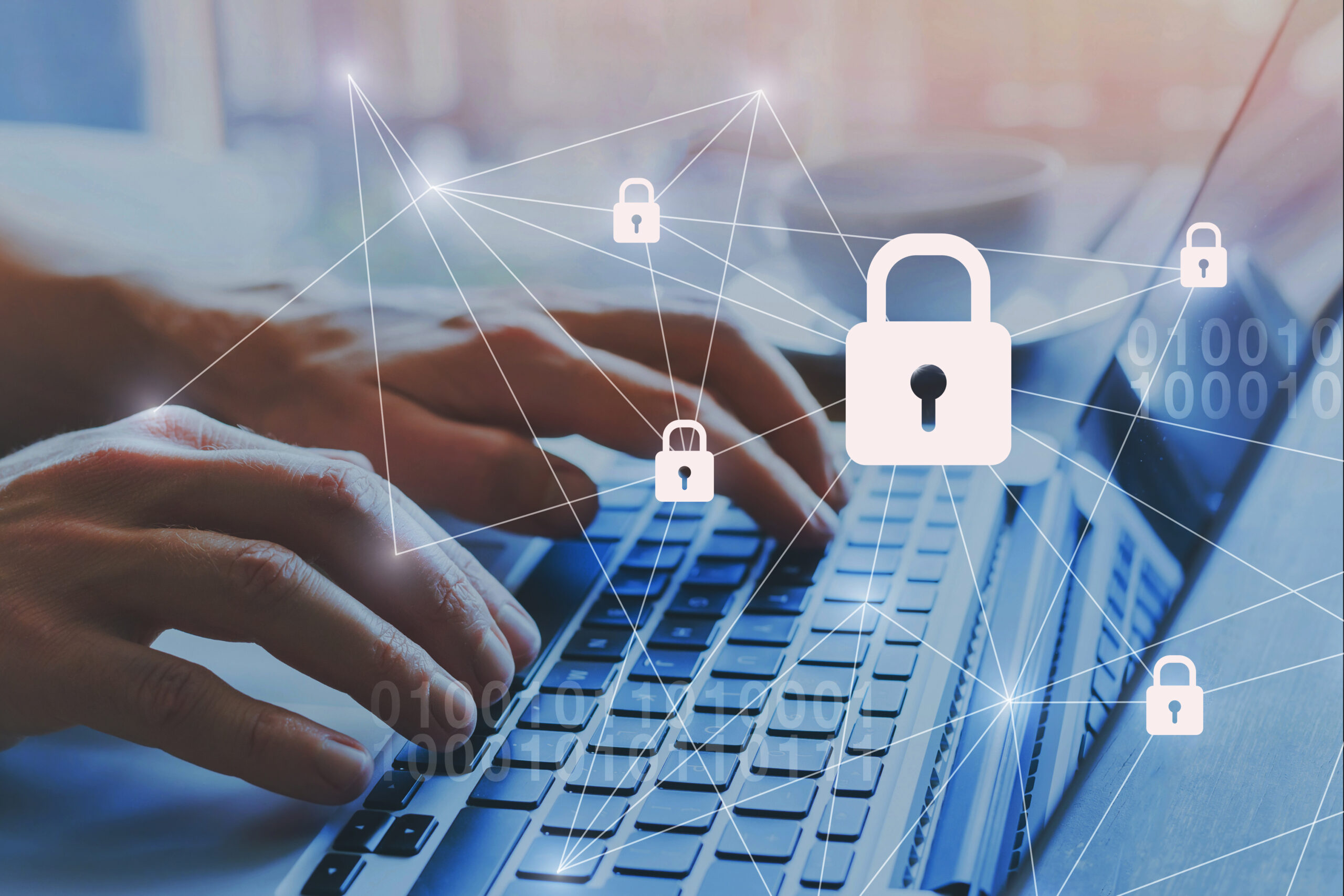Category: Blog
In today’s era of digital transformation, cybersecurity is an indispensable aspect of every organization. With the rise in cyberattacks, it has become imperative for companies to take measures to protect themselves against these threats. However, the complexity of managing multiple cybersecurity platforms can be a daunting task for any organization. This is where the concept of consolidating cybersecurity platforms comes into play. According to the Gartner® Top Trends of 2023 Report, “Organizations desire less complexity, simplify operations and make their staff more efficient. Vendors are consolidating into platforms around one or more major cybersecurity domains, such as Identity and Access Management, Network Security, Cloud Security, Data Security, Workspace Security, Cyber-Physical Systems and Security Operations.” In this blog post, we will explore the trend of consolidating cybersecurity platforms, what is driving this trend, and how organizations can benefit from it.
Download the Gartner® Top Trends in Cybersecurity 2023 Report
Cybersecurity Platform Consolidation Best Practices
Consolidation of cybersecurity platforms is the process of combining various security platforms into a single unified platform. This can include Identity and Access Management, Network Security, Cloud Security, Data Security, Workspace Security, and Cyber-Physical Systems. According to Gartner “On the supply side, the availability of funding and growth in security markets led to an unprecedented proliferation of security vendors over the past few years. There are thousands of security vendors in the market today, but 2022 saw a reduction in funding and a rise in M&A transactions.” Consolidating cybersecurity platforms can have several benefits for organizations.
Firstly, consolidation can minimize complexity. Managing multiple platforms can be a complex and time-consuming task for IT staff. It can also lead to errors and security vulnerabilities. Consolidation can reduce the complexity of security management and allow IT staff to focus on other aspects of their job.
Secondly, consolidation improves integration, simplifying the entire cybersecurity system. By having a comprehensive cybersecurity platform, organizations can operate all facets of security in a more automated and streamlined manner. Integration reduces the complexities of ensuring that each security component is working together to achieve optimal security. In our experience at Hitachi Cyber, this consolidation will lead to a better overall security posture for the organization.
Thirdly, consolidation can provide more features across the company. Using a single platform can provide better visibility and management of security across the entire organization. When vendors consolidate their products, they combine specialized features into a single product, providing more comprehensive security functionality. Staff can quickly switch between different functionalities without the need to switch to a different cybersecurity tool, which can be time-consuming.
Fourthly, consolidation can provide cost savings. Consolidating platforms can eliminate redundancy and reduce licensing and maintenance costs. This can result in significant cost savings for the organization. If multiple cybersecurity products are used in isolation, the cost of each platform will be greater than a single platform. With consolidated cybersecurity platforms, an organization could have the same functionalities at a lower cost, allowing resources to be invested elsewhere to improve the organization’s security posture.
Lastly, consolidation can improve scalability. With a unified platform, organizations can scale up or down as needed, which can be challenging when managing multiple platforms.
Conclusion
Consolidation of cybersecurity platforms is a growing trend that can benefit organizations in several ways, including reducing complexity, improving staff efficiency, enhancing integration, providing more features, reducing costs, and improving scalability. However, it’s essential for organizations to carefully consider the pros and cons of consolidation and choose a provider that is aligned with their needs and goals. By consolidating cybersecurity platforms, organizations can take a significant step towards building a robust and comprehensive security posture that can effectively combat current and future cyber threats.
Gartner, Top Trends in Cybersecurity 2023, Richard Addiscott, Alex Michaels, Jeremy D’Hoinne, Lisa Neubauer, Henrique Teixeira, John Watts, William Candrick, Wam Voster, 17 March 2023.
GARTNER is a registered trademark and service mark of Gartner, Inc. and/or its affiliates in the U.S. and internationally and is used herein with permission. All rights reserved.


